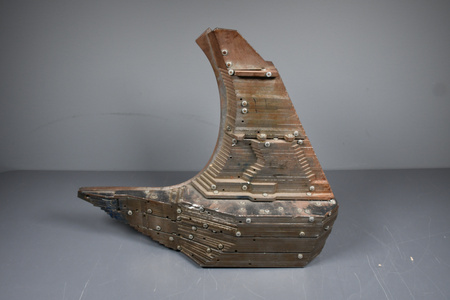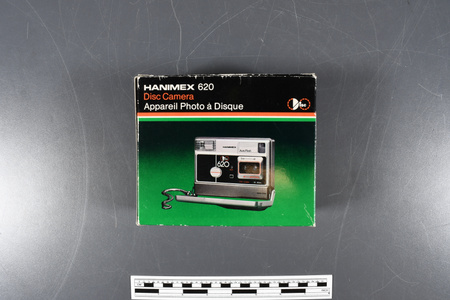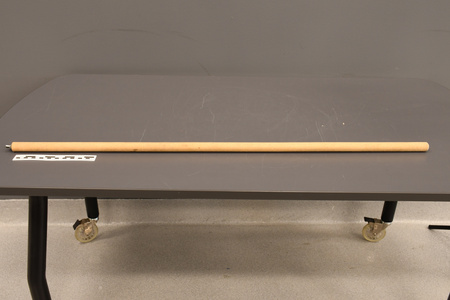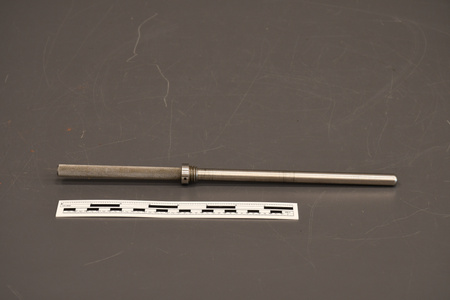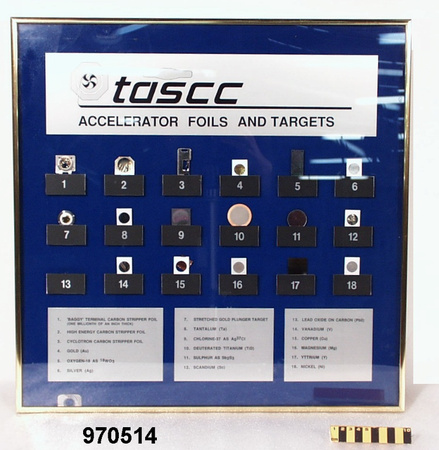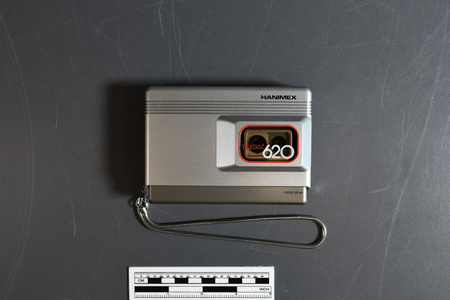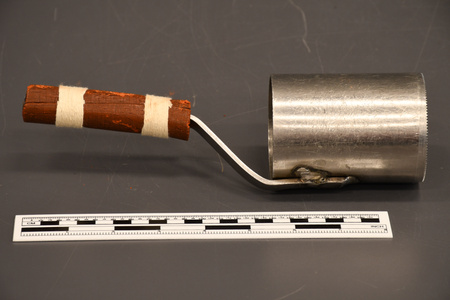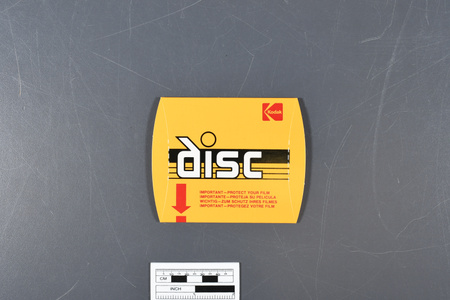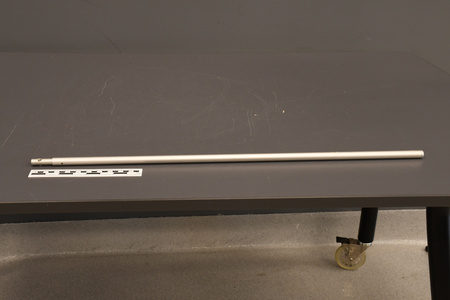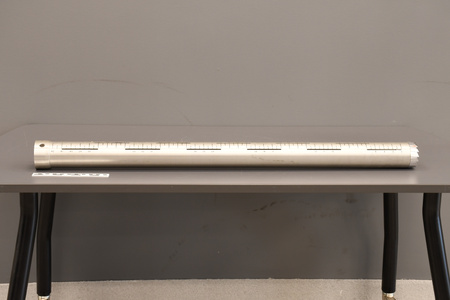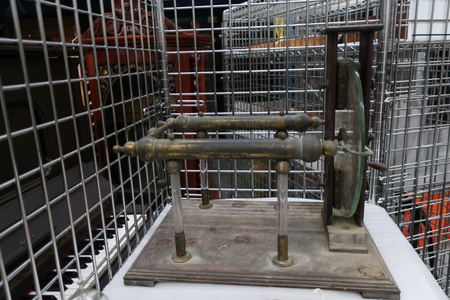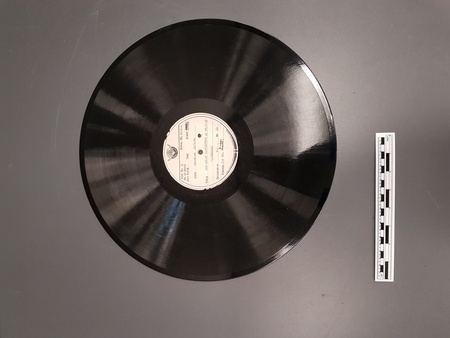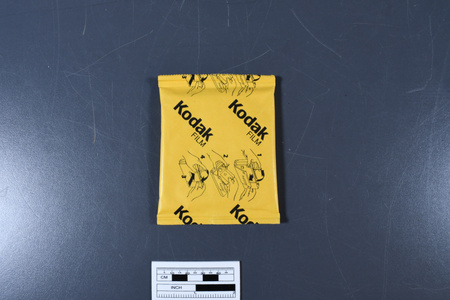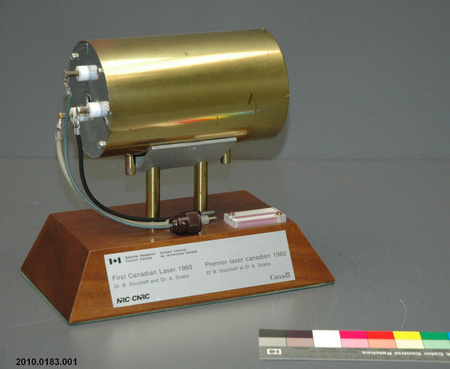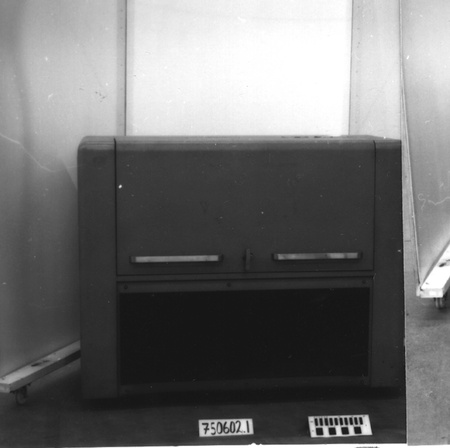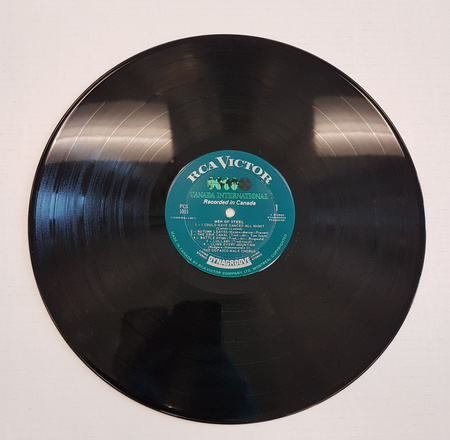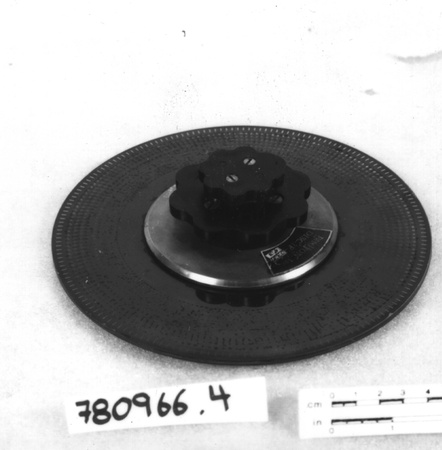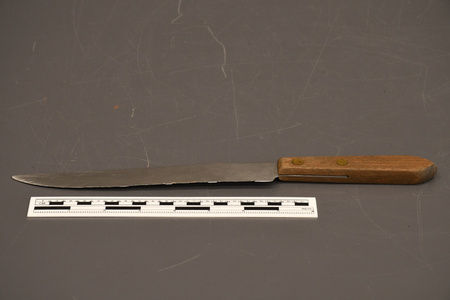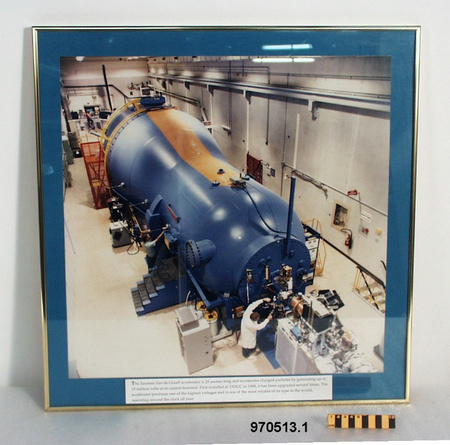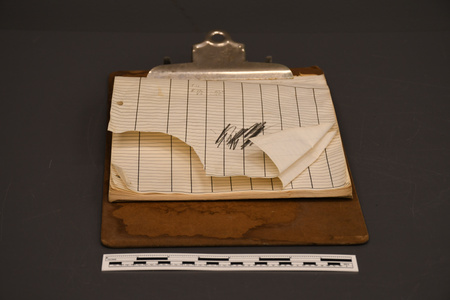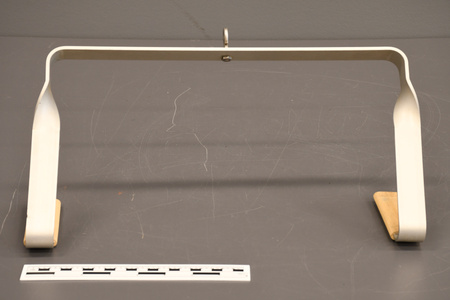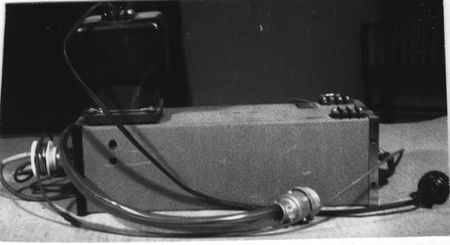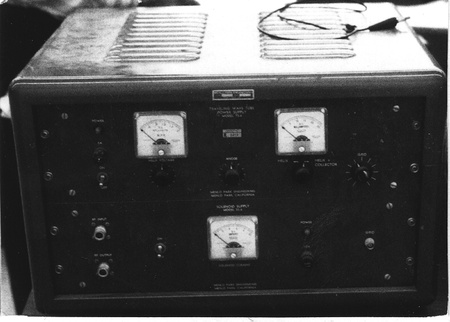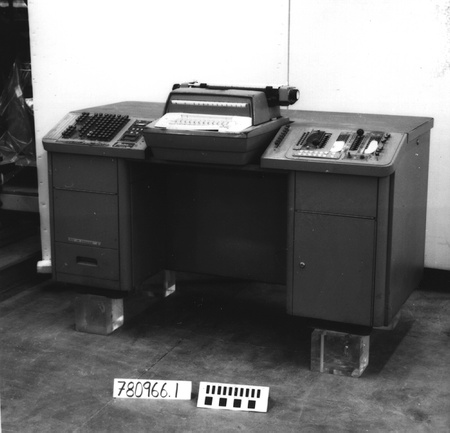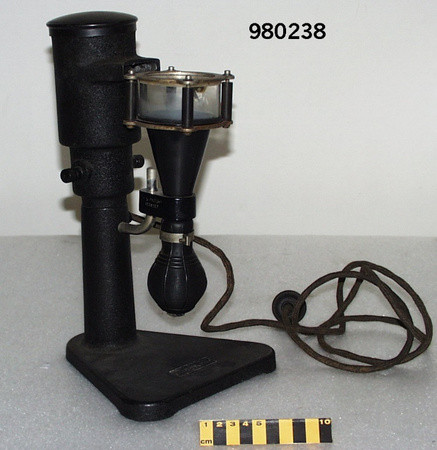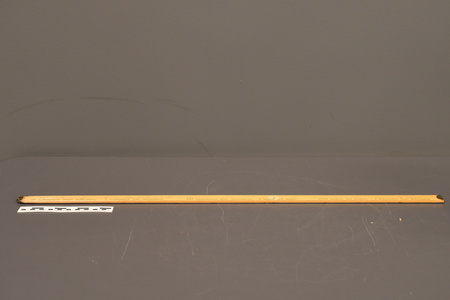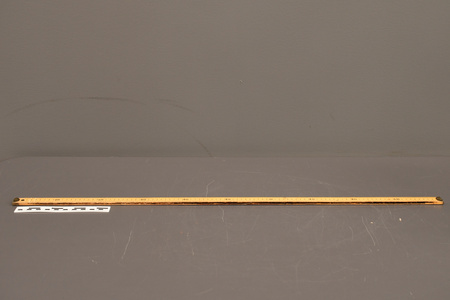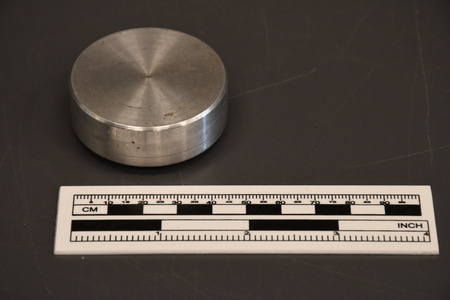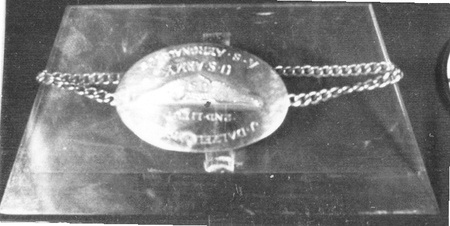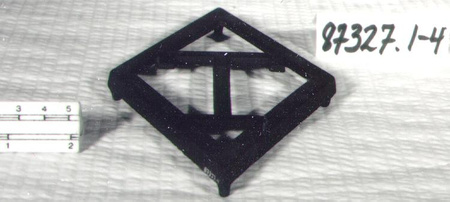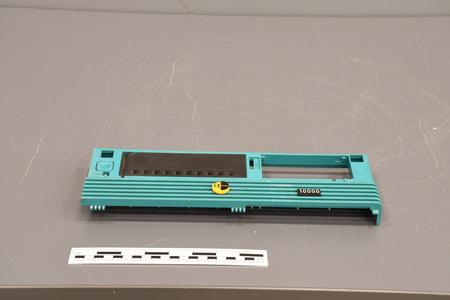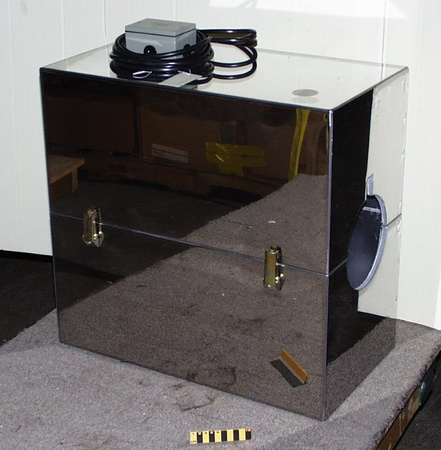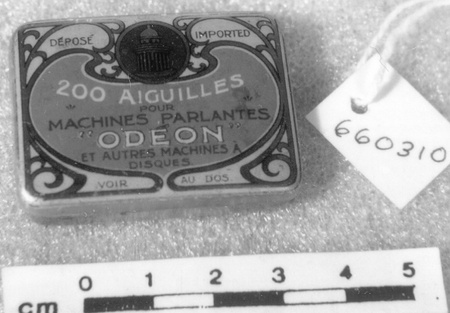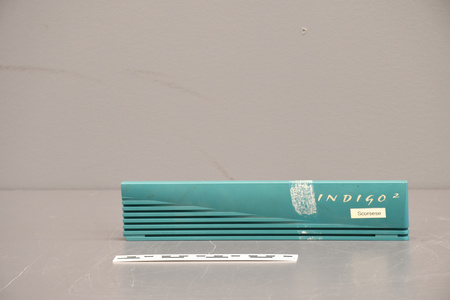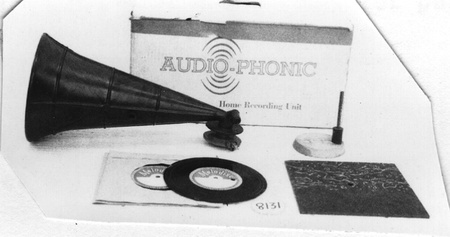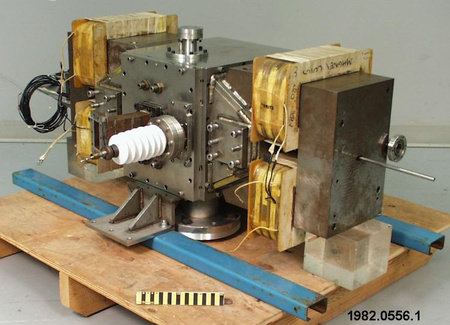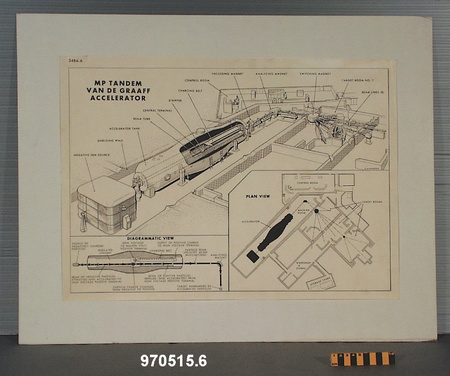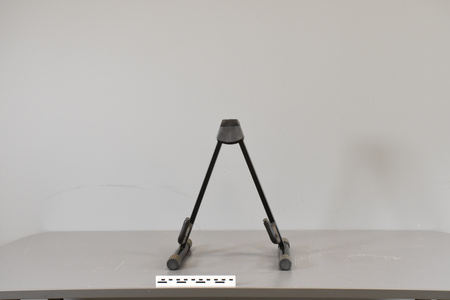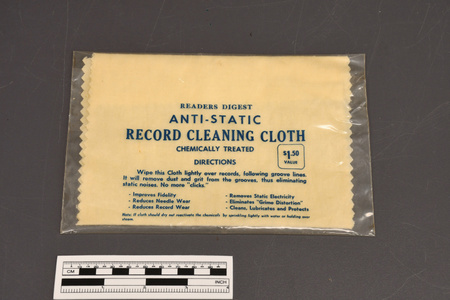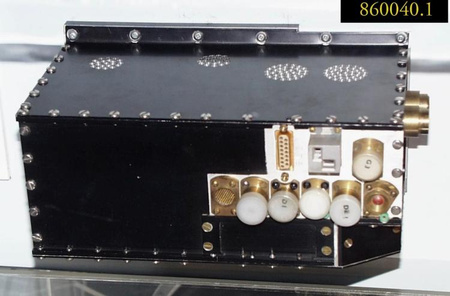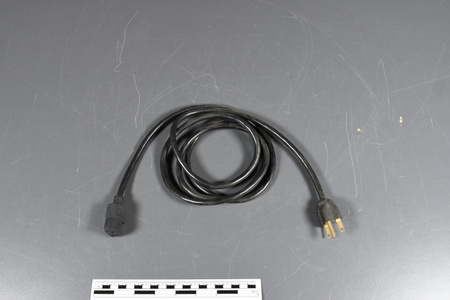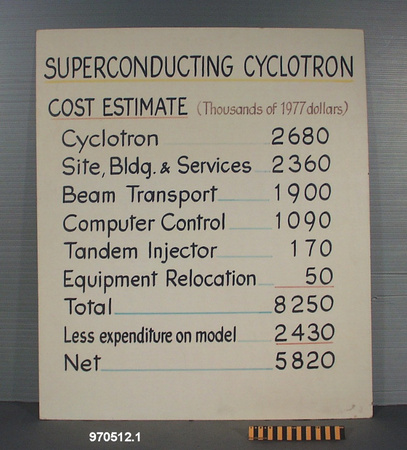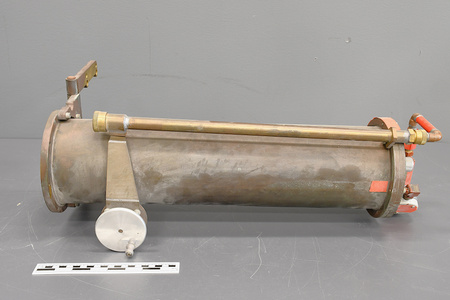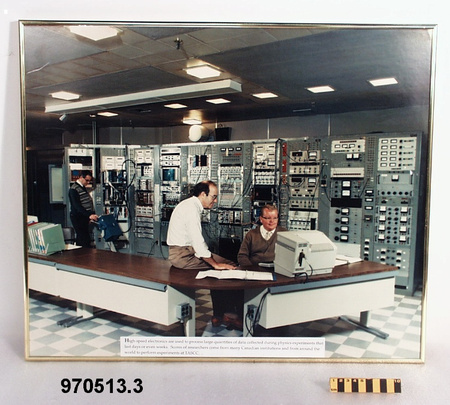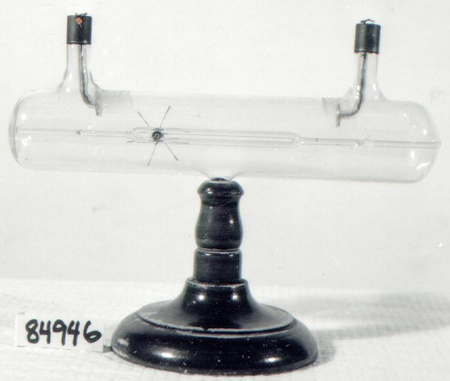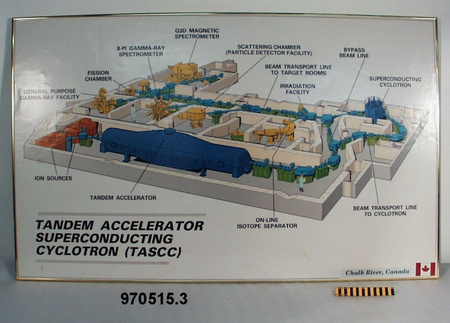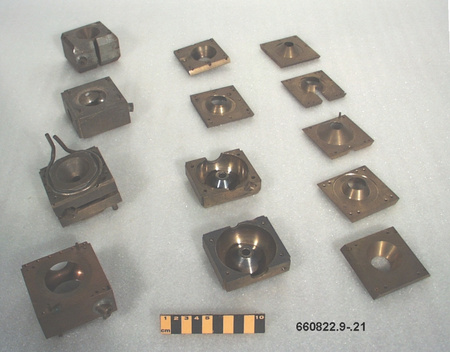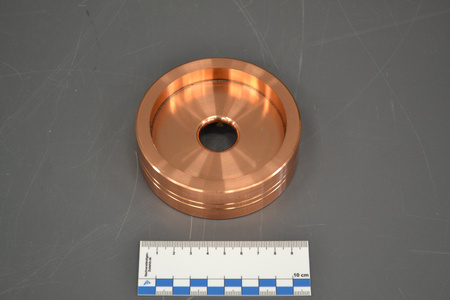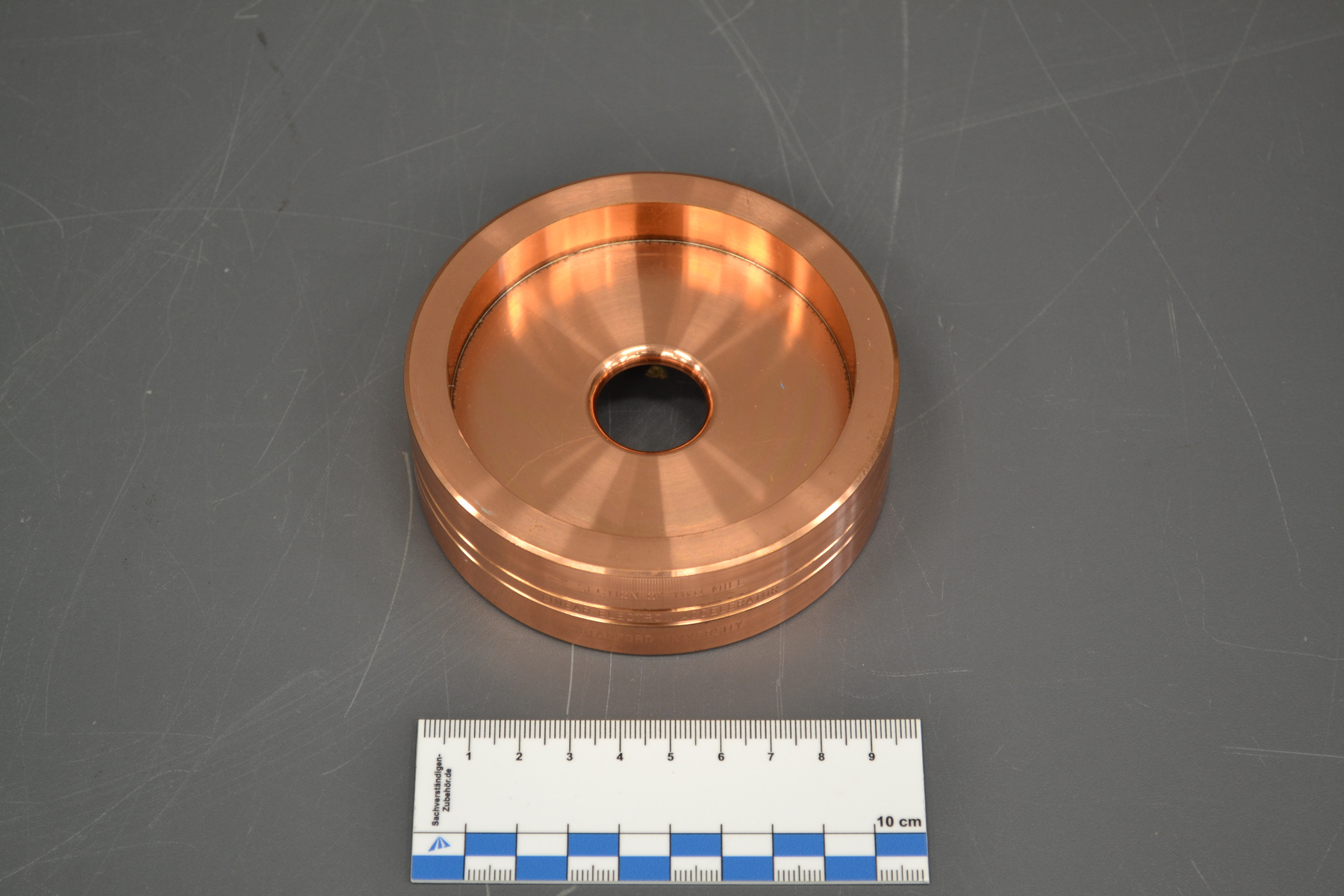Cavity
Use this image
Can I reuse this image without permission? Yes
Object images on the Ingenium Collection’s portal have the following Creative Commons license:
Copyright Ingenium / CC BY-NC-ND (Attribution-NonCommercial 4.0 International (CC BY-NC 4.0)
ATTRIBUTE THIS IMAGE
Ingenium,
2008.1826.001
Permalink:
Ingenium is releasing this image under the Creative Commons licensing framework, and encourages downloading and reuse for non-commercial purposes. Please acknowledge Ingenium and cite the artifact number.
DOWNLOAD IMAGEPURCHASE THIS IMAGE
This image is free for non-commercial use.
For commercial use, please consult our Reproduction Fees and contact us to purchase the image.
- OBJECT TYPE
- linear accelerator/single
- DATE
- Unknown
- ARTIFACT NUMBER
- 2008.1826.001
- MANUFACTURER
- Unknown
- MODEL
- Unknown
- LOCATION
- United States of America
More Information
General Information
- Serial #
- N/A
- Part Number
- 1
- Total Parts
- 1
- AKA
- N/A
- Patents
- N/A
- General Description
- Copper disc Disque en cuivre.
Dimensions
Note: These reflect the general size for storage and are not necessarily representative of the object's true dimensions.
- Length
- N/A
- Width
- N/A
- Height
- 3.1 cm
- Thickness
- N/A
- Weight
- N/A
- Diameter
- 10.1 cm
- Volume
- N/A
Lexicon
- Group
- Physics
- Category
- Light & electromagnetic radiation
- Sub-Category
- N/A
Manufacturer
- AKA
- Unknown
- Country
- United States of America
- State/Province
- Unknown
- City
- Unknown
Context
- Country
- United States of America
- State/Province
- California
- Period
- This piece was not actually used in the accelerator. Cette pièce n'a jamais été utilisé dans l'accélérateur.
- Canada
-
The copper cavity belonged to Richard E. Taylor, member of the Canadian Science and Engineering Hall of Fame, who was inducted in April 2008. La cavité en cuivre appartenait à Richard E. Taylor, membre du "Canadian Science and Engineering Hall of Fame" (Temple de la renommé des sciences et du génie du Canada), qui a été introduit en avril 2008. - Function
-
Used with other similar discs and cylinders that, when attached together, are used to accelerate particles. The higher energy of the accelerated particles allows scientists to probe the structure of matter. Utilisé avec autres disques et cylindres similaires, lorsque attaché ensemble, utilisé pour accélérer des particules. Le grand montant d'énergie des particules accélérer permet aux scientifiques de sonder la structure de la matière. - Technical
-
The Stanford Linear Accelerator Center (SLAC) is home to a two mile long linear accelerator - the longest in the world. Originally a particle physics research center, SLAC is now a multipurpose laboratory for astrophysics, photon science, accelerator and particle physics research. Six scientists have been awarded the Nobel Prize for work carried out at SLAC and the future of the laboratory promises to be just as extraordinary. Le "Stanford Linear Accelorator Center (SLAC)" comprends un accélérateur linéaire qui s'étend deux miles de long - le plus long au monde. Originalement un centre de recherche de particule physique, SLAC est maintenant devenu un laboratoire à plusieurs utilités pour l'astrophysique, la science des photons, et recherche particule physique et accélératrice. - Area Notes
-
Unknown
Details
- Markings
- Engraved on the side of the disc: "SECTION OF TWO-MILE/ LINEAR ELECTRON ACCELERATOR/ STANFORD UNIVERSITY"
- Missing
- Appears complete
- Finish
- Copper-coloured metal disc with a hole in the centre. Disque de métal en couleur de cuivre avec un trou au centre.
- Decoration
- N/A
CITE THIS OBJECT
If you choose to share our information about this collection object, please cite:
Unknown Manufacturer, Cavity, Unknown Date, Artifact no. 2008.1826, Ingenium – Canada’s Museums of Science and Innovation, http://collection.ingenium.ca/en/id/2008.1826.001/
FEEDBACK
Submit a question or comment about this artifact.
More Like This


